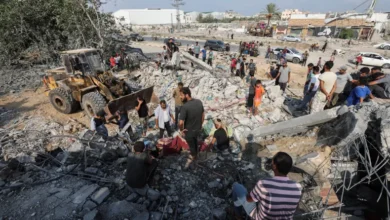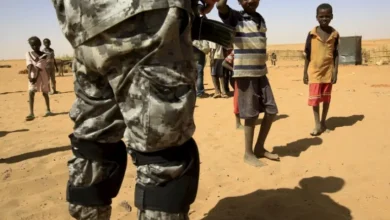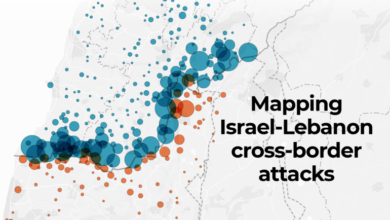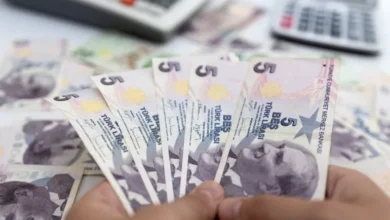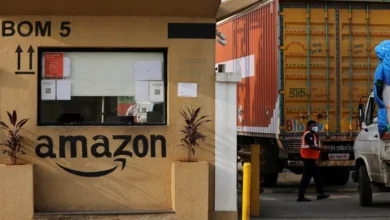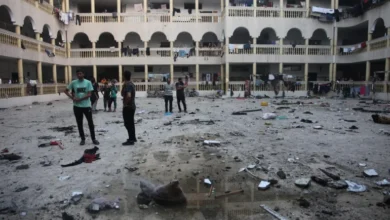Gaza’s other death toll
Ghada Ageel
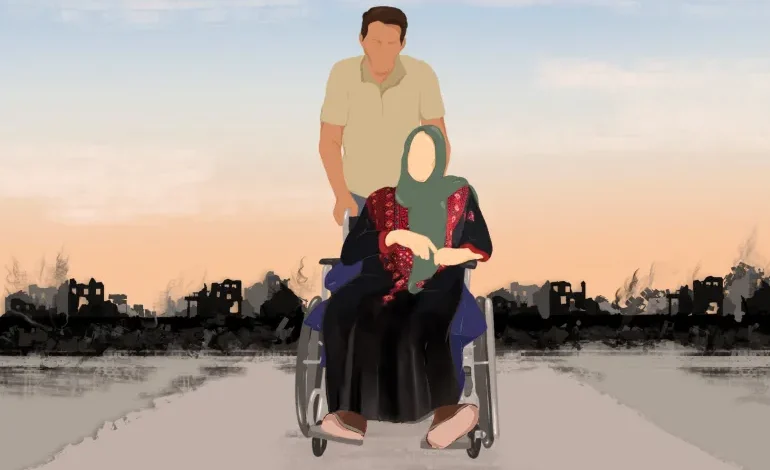
Ghada Ageel
Almost 10 months since the start of the Israeli genocide in Gaza, the official death toll has now exceeded 40,000. While this number is shocking enough, it does not take into account the various forms of death Palestinians face that are not directly caused by an Israeli bullet or bomb.
In the Gaza ghetto where Palestinians live, which even United States President Joe Biden described as “sheer hell”, Palestinians die from heat, thirst, hunger and diseases caused by the debilitating siege on the strip.
Among these uncounted dead is Inshirah, a grand Badrasawi woman and a member of my extended family. She was married to my father’s cousin, Abdelfattah, and was an integral part of the community of refugees from Beit Daras (Badrasawi means coming from Beit Daras) – a Palestinian village located 32km northeast of Gaza, which Zionist militias destroyed in 1948.
Inshirah was not just any woman; she was a pillar of strength, courage and kindness in Khan Younis refugee camp and al-Qarara neighbourhood. After Abdelfattah passed away from a heart attack at a young age, she single-handedly raised six orphans: five boys and one girl. Known for her great social skills and sense of humour, Inshirah was the smiling face of the camp.
During the first Intifada, she risked her life on several occasions to rescue children from the Israeli army, often getting beaten for her bravery. One time, when my 11-year-old brother Anwar was arrested on his way back home from school, Inshirah courageously stormed the group of soldiers who were hitting him with their batons. She hugged him tightly, shielding him from the painful blows, and cried out with her loudest voice, “He is my son, he is my son!” Her screams alerted the women of the camp, who quickly came to help. Though my brother was saved, Inshirah was left with a broken arm and many bruises from the beating.
Once her children grew up and secured jobs, Inshirah moved from the refugee camp to a piece of land in al-Qarara, east of Khan Younis, where she built a home.
Anwar continued visiting her regularly after she moved. With her sharp wit, she would often remind him of the time she saved his life, saying, “This visit is part of the debt you owe me for saving your life.” Her teasing always made everyone laugh.
This was one of the many stories she shared when we last visited her in July 2023. Despite the severe kidney disease she was suffering from and the toll her biweekly dialysis treatments took on her, she remained humorous and generous of spirit, sharing memories and cracking jokes at the dinner table. Her laughter, as always, filled the room with warmth.
In Arabic, the word “inshirah” means joy and our Inshirah very much lived up to her name.
Al-Qarara was one of the first places invaded and destroyed by the Israeli army. Her home suffered substantial damage from the bombings, but she and the families of her four adult children who lived with her managed to escape in time. They sought refuge in Khan Younis camp near Nasser Hospital, the largest medical complex in Gaza, after al-Shifa.

